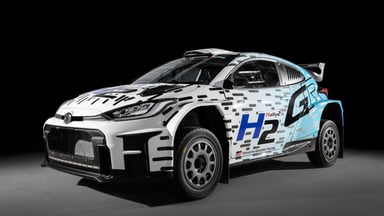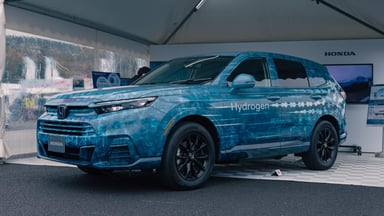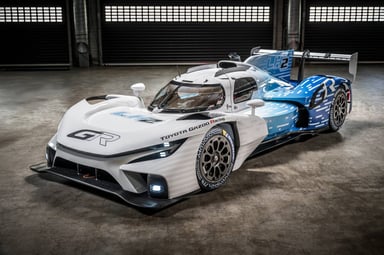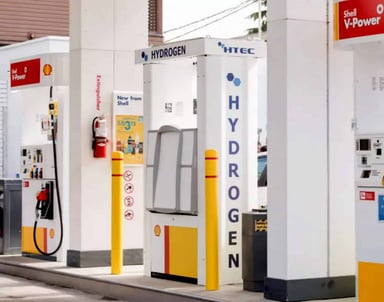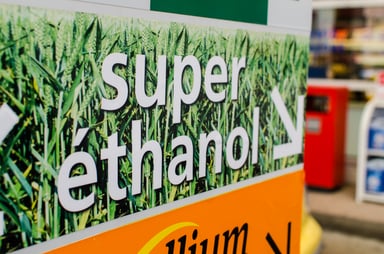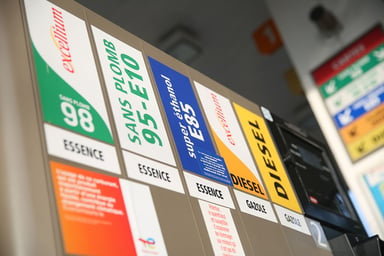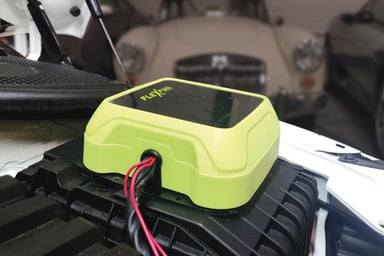La suite de votre contenu après cette annonce
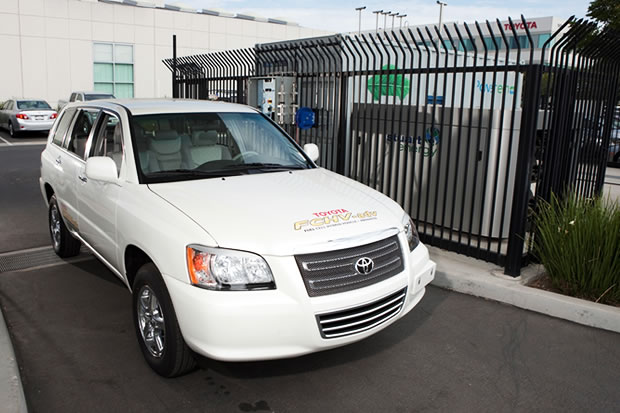
Leader de la voiture hybride dans le monde, Toyota n’entend pas s’arrêter là. Le constructeur japonais va fournir des voitures hydrogène pour un test à l’aéroport de Narita, au Japon.
Ce programme d’essais va démarrer le 29 janvier l’aéroport international de Narita. Toyota, en réponse à l’appel d’offres lancé par l’association de recherche sur les technologies d’approvisionnement et d’utilisation de l’hydrogène (HySUT), va fournir des voitures à pile à combustible « Toyota FCHV-adv ».
Ces voitures ont été améliorées par rapport aux versions précédentes et sont désormais capables de rouler par une température de -30° alors qu’auparavant c’était impossible en dessous de 0°. Elles peuvent parcourir 830 km avec un seul plein d’hydrogène et disposent d’une puissance de 122 ch pour une vitesse maximale de 155 km/h.
Ces voitures proposées par Toyota sont destinées à un service de voiturage pour la compagnie aérienne All Nippon Airways. Le but de cette opération est de mettre en place un programme destiné à tester un modèle de société basé sur l’hydrogène.
Le constructeur japonais récoltera bien entendu tout un tas de données destinées à l’amélioration de sa R&D sur les modèles à l’hydrogène, dans l’optique de « continuer à promouvoir la généralisation des FCV ».
Rappelons que Toyota met également à disposition un bus à pile à combustible reliant le centre de Tokyo à l’aéroport international de Tokyo-Haneda depuis décembre 2010.
Reste à savoir si cette technologie peut réellement être étendue à autre chose qu’à des flottes captives, étant donnée les contraintes liées à l’infrastructure et au transport de l’hydrogène…
La suite de votre contenu après cette annonce
sur l'actualité électrique
Le meilleur d'Automobile Propre, dans votre boite mail !
Découvrez nos thématiques voiture électrique, voiture hybride, équipements & services et bien d’autres
S'inscrire gratuitement
